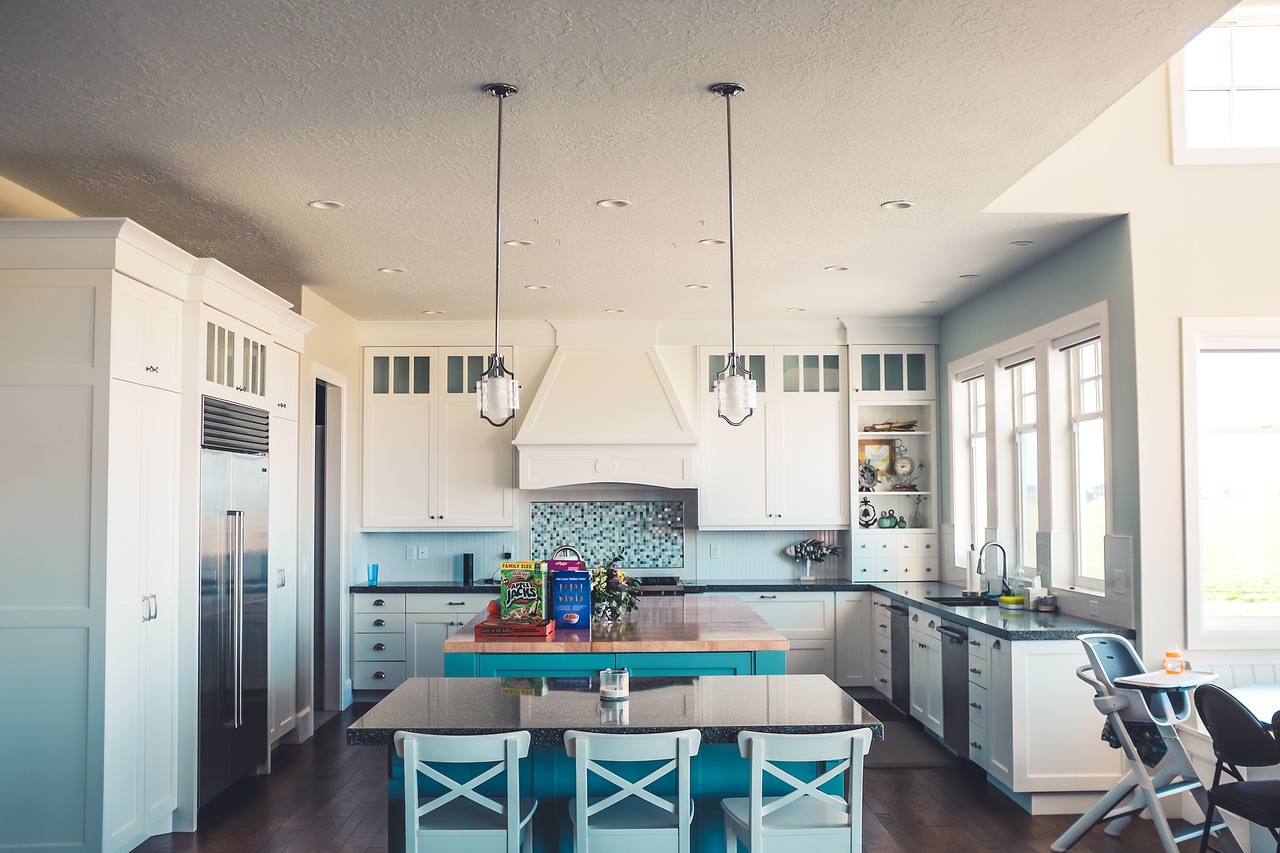It’s no secret that packing up your belongings for a move can be overwhelming, especially if you’re moving with kids. If you’ve moved a lot of times, you probably picked up a lot of tricks for keeping the process relatively simple and streamlined. However, whether this is your first move or your tenth, taking an organized approach can save you a lot of time and stress in both the packing and the unpacking process. Here are some tips to cut down the stress and inefficiency of moving for each room of your home.
Your Closets
Your closets make an excellent place to start as they are usually full of things you won’t need as frequently. They are also typically full of clutter you don’t need anymore. Whether you need to throw it out, donate it or sell it, Good Housekeeping advises that clearing out extra stuff will save you time and money during your move.

Give away or sell stuff from your closet that you don’t need.
For clothes, closets pack the out-of-season clothes you won’t need to wear for a while first. Plan which clothes you will wear on moving day and maybe pack an overnight bag with the things you’ll need for your first night there, so you don’t have to dig through everything to find what you need. To save space, Cheap Movers Charlotte (9911 Rose Commons Drive Suite E-609, Huntersville, NC 28078, (704) 885-5453), recommends investing in space bags. These bags enable you to vacuum the extra air out, compressing bulky clothing into a much tinier package. I used these bags for transporting all of our ski clothing, and I was amazed at how well they work!
Your Kitchen
Kitchens can be tricky to pack because most of the items need to be used right up until the move. To reduce the stress, start with things you won’t need as much like holiday dishes and cookbooks. Also carefully label everything so that you can quickly find what you need at the new place. The kitchen tends to contain the most urgently needed belongings. In fact, The Spruce recommends designating an essentials box to all the things you’ll need the first few days after your move.

Always designated an essentials box for your move especially the kitchen wares that you need
While stacking plates and dishes may seem intuitive, it’s best to pack them vertically. Also, make sure to wrap each glass dish in packing paper separately to protect it from breaking. For heavy items use small boxes, and always put the heavier items at the bottom.
Your Laundry Room
Movers often charge an additional fee for preparing major appliances for a move. Save yourself money by doing it yourself. You can find most of what you need to know in the owner’s manual. If you lost the manual years ago, look online for a downloadable copy. Hoses and tubes should be removed and packed separately.
Your Living Room
Pack heavy items like books or glass decorations in small boxes. Huge and heavy boxes are difficult to move and more likely to drop and break. Purchase boxes specifically designed for items like TVs, mirrors, and artwork to ensure your valuables don’t suffer damage during the move.

Always pack heavy items first
Real Simple recommends asking movers about special crating for expensive art. This is especially true if the artwork doesn’t have a frame or glass over it because the moving paper could potentially stick to and damage the artworks’ surface.
By going room by room and following these moving tips, you’ll likely find the moving process is much easier! As always, let me know if you have any questions!

